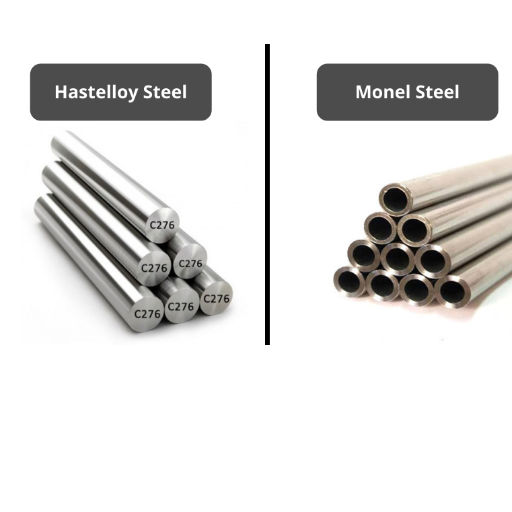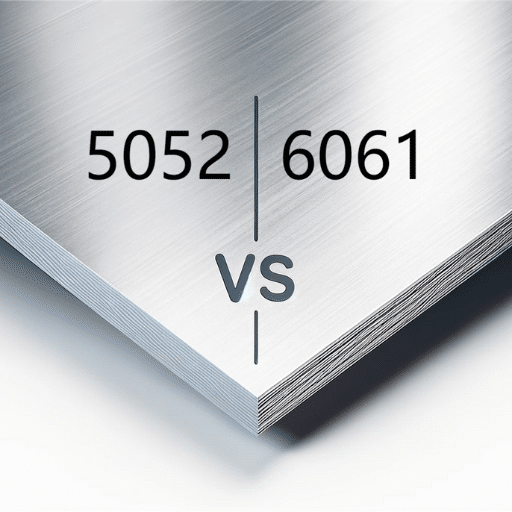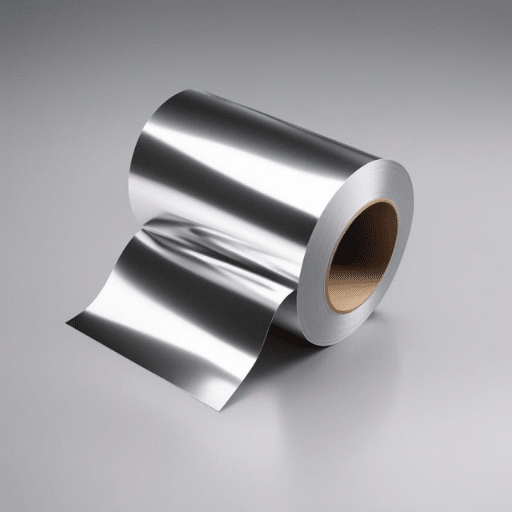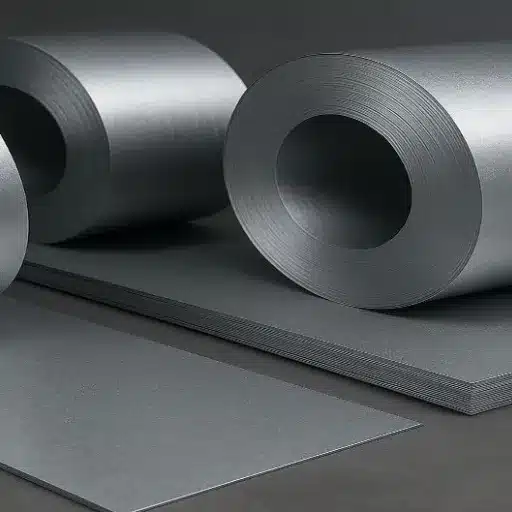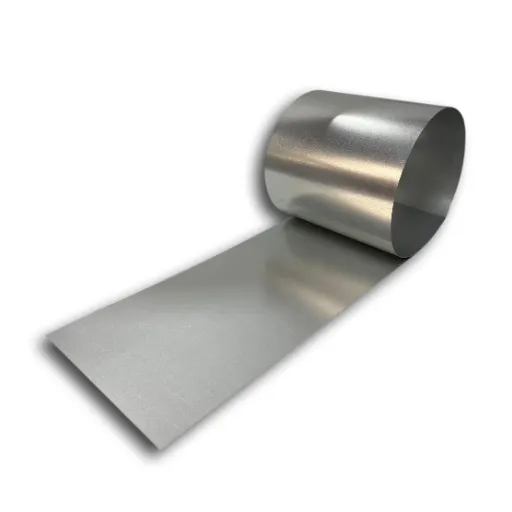When it comes to selecting materials for industrial applications, especially in environments where corrosion resistance and durability are paramount, choosing the right alloy is critical. Hastelloy and Monel, two widely recognized superalloys, are often compared for their exceptional performance in challenging conditions. However, understanding their distinct properties, compositions, and ideal use cases can be a complex task. This article dives into a detailed comparison of Hastelloy and Monel alloys, equipping you with the critical insights needed to make informed decisions for your specific engineering or manufacturing requirements. Whether you’re navigating the demands of chemical processing, marine engineering, or aerospace applications, this guide will clarify the unique advantages and limitations of these two renowned materials.
What are the Monel and Hastelloy alloys?
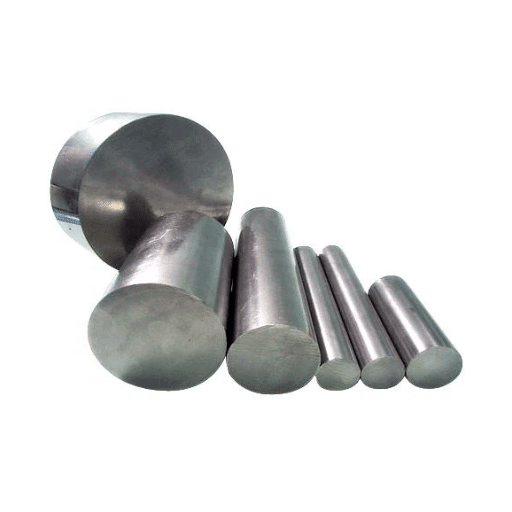
What is Monel?
Monel is a family of nickel alloys containing roughly 65% to 70% nickel and copper, along with small amounts of iron, manganese, carbon, and silicon. Monel has strong strength and corrosion resistance. This makes it useful in seawater, acids, and alkalis, making it popular in marine, chemical, and aerospace industries.
In addition, strength over temperature and strength and stress over temperature for Monel Alloys are essential for their mechanical properties. Such characteristics allow Monel to stand up to hostile conditions such as high-pressure and high-temperature into Hight empereature and high-pressure environments, while pretraining their resistance. This makes Monel an excellent material for machine parts like pump and propeller shafts, and heat exchangers that have to be quite durable while being efficient during work. Withstanding stress-strain cracking allows Monel to be used in harsh environments with extreme pressure, changing the perception of the material in extreme conditions.
Alloy’s range of properties, along with marvelous thermal and corrosion resistance, makes Monel highly reliable for use. With all the positive points of Monel, it still struggles with some factors. Having high nickel content leads this alloy to be more costly than many other alloys, which is often considered a downside. The stronger of the two hurdles is undoubtedly the challenges faced during machining due to its toughness. Still, Monel wins in harsh and highly corrosive conditions, which makes it a prospective material for engineering cases.
What is hastelloy?
Hastelloy is a type of acid-resistant superalloy as well as a corrosion-resistant superalloy due to its unique combination of strength, ductility, and toughness. It contains around 50% of nickel along with various amounts of molybdenum, iron, argon, cobalt, and Chromium. This makes it chemically resistant to oxidizing and reducing agents left in the reagents. Hastelloy is habitable to degrade oxidatively or reductively in extreme operating conditions, so it is widely efficient and helps out in lots of industries like aerospace, chemical processing, and marine.
Hastelloy not only withstands high temperatures, but it also sustains mechanical properties as well as structural stability. This characteristic allows an alloy to be called universal, which enables the engineers to design systems where chemical resistance and thermal stability are pivotal. Also, Hastelloy possesses such flexibility that it allows an alloy to accept harsh conditions, targeting hydrochloric, sulfuric, and phosphoric acid. Alongside the acids, the alloy also offers exceptional value and impact to reactors, pressure vessels, heat exchangers, etc.
In climatic conditions where maintenance is hard and corrosive environments are present, hastelloy is the preferred alloy to go for. Although the cost can be high, its return on investment due to service life is greatly enhanced. This makes Hastelloy a favorable option for determinable reliability and sturdiness, especially for industries needing materials that withstand extreme operational conditions.
How are Monel and Hastelloy used in industry?
Both Monel and Hastelloy are well-known alloys used in industrial operations for their unmatched strength in extreme environments, as well as for their corrosion resistance. Monel’s primary composition is nickel and copper, and thus Monel is widely used in the marine industry for components like propeller shafts, seawater valves, and piping systems. Furthermore, its ability to resist corrosion from sea water and acidic surroundings makes its applications where saltwater exposure is prevalent. Monel is also used in chemical processing equipment because of its strength and resistance to alkalis.
Hastelloy is a nickel-based alloy meant to endure harsh environments laden with intensely oxidizing or reducing chemicals. Its unmatched resistance to corrosion makes it vital in the manufacturing of heat exchangers, reactors, and pressure vessels in the chemical and petrochemical industry. Also, Hastelloy is widely employed for acidic and high temperature equipment, thus making it crucial in power generation and flue gas desulfurization industries.
Both Monel and Hastelloy are important for industrial processes, even though they differ in composition and application. This is due to their superior performance in extreme conditions, which minimizes material failures that can have dangerous consequences. Their efficient performance also reduces the risks of downtime, maintenance, and overall costs in many industries.
What is the chemical composition of hastelloy and monel?
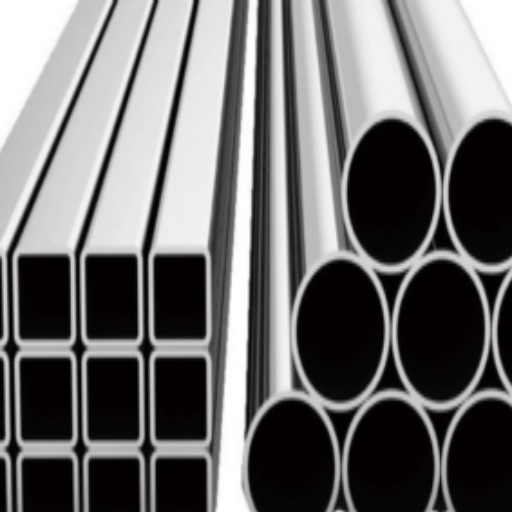
Key elements in Monel
Monel is a subset of alloys mainly made up of nickel, which accounts for 63% to 70%, and copper, which comprises approximately 20% to 29%. It also contains lesser amounts of iron, manganese, carbon, and silicon. Its alloys have precious corrosion resistance, especially when using seawater or any acidic solutions, due to the high nickel concentration. The addition of copper improves the alloy’s strength and endurance, while also protecting against a wider scope of conditions mechanically and chemically. Commonly, iron and manganese are found in the alloy in 2 to five percent portions, primarily to improve the mechanical strength Sich S monel of the alloy and provide stable performance under intense industrial conditions.
The alloy can be procured in numerous grades, each of which is designed for a particular application. One of the most popular grades, Monel 400, contains around 67% nickel and 30% copper, along with small quantities of iron and other metals. With this composition, it can withstand pitting, crevice corrosion, and stress corrosion cracking in chemical and marine environments. These additions enable age-hardening, significantly boosting the material’s strength and making it ideal for high-stress applications within marine equipment, oil well tools, and pump shafts.
Monel alloys are famous for their distinct synergy of strength and chemical resistance. They have been used widely in marine engineering, chemical processing, and aerospace. Their resistance to structural degradation in extremely corrosive environments is proof of the careful balance of their chemical composition, which ensures reliability even in the harshest conditions. It is critical to know the detailed composition of Monel alloys to select the appropriate grade for industrial applications to optimize performance while minimizing the risks of material failure.
Key elements in hastelloy
Hastelloy is an example of a superalloy made mostly from nickel and varied quantities of molybdenum, iron, cobalt, and chromium depending on the specific grade. These elements are purposefully chosen to provide the alloy with remarkable corrosion resistance, particularly in the presence of strong oxidizing agents and reducing agents. Molybdenum is particularly important as it improves pitting and crevice corrosion of the alloy. The opposite is true for chromium, as it is a major contributor to the alloy’s oxidation resistance, which makes Hastelloy a good candidate for chemical processing applications under high temperature and corrosion.
Hastelloy is one of the alloys of notable versatility under both oxidizing and reducing environments, which makes it preferable in chemical processing, power generation, and marine engineering. For example, C-22, usually regarded as the most used grade, demonstrates great corrosion resistance towards chlorine-based chemicals, ferric acids, and the hot, contaminated organic media of complex structure. Likewise, C-276 is famous for fighting local corrosion, stress corrosion cracking, and high temperature effectiveness, making it suitable for use in reactors, heat exchangers, and pressure vessels in a critical environment. With these latter features, C-276 resigns as an isolated bolt while having its unique composition ensures retention of notable mechanical integrity under intense thermal and chemical stress.
Study and development in metallurgy have further improved the characteristics of Hastelloy and optimized its microstructural stability. State-of-the-art welding and manufacturing capabilities also maintain the alloy’s structure, making it resistant to carbide precipitation in the heat-affected areas, which is critical for the alloy’s corrosion-resistant properties during long periods of service, even in harsh environments. Knowing the functions of the constituents in Hastelloy’s composition enables engineers and material scientists to span the urctuae applied orthodoxy through multi-grade tailored solutions, reducing maintenance expenditures and extending equipment durability in many rigorous industries.
How does chemical composition affect corrosion resistance?
Every alloy has a different level of corrosion resistance, which relies on chemical composition. Each element has its unique function that helps mitigate environmental degradation over time. A good example is the presence of chromium in superalloy Hastelloy. It is known that chromium contributes significantly by forming a passive oxide layer on the alloy surface. This layer prevents further deterioration of the material of the alloy as well as limits the sequestration of corrosive agents, which leads to oxidation. Molybdenum also aids in sharpening corrosion attack resistance. This is especially true in places susceptible to pitting and crevice corrosion, like marine and chemical processing areas. Thanks to being the main component of Hastelloy, nickel assures overall stability and a broad scope of resistance to a variety of reducing chemicals. He is of vital importance in harsh environments such as acidic solutions.
Another trait to consider in the composition of materials is Iron. Its concentration determines whether the alloy provides adequate protection or not. In recent studies, we have come across cases where excessive passive films disrupt the Iron alloy’s oxidation resistance and increase stress corrosion cracking susceptibility at elevated temperatures. Contrary to this, additions of cobalt and tungsten have shown remarkable results for providing strength and resistance. Tungsten in particular protects from thermal stress, while cobalt improves the resistance of the alloy to brittle fractures caused by mechanical and chemical forces.
Moreover, during the development phase of a new alloy, the concentration of trace elements and impurities a made to be very precise. Sulfur and Phosphorus, for example deemed harmful since they increase the tendency of grain boundary weakening and intergranular attack in corrosive surroundings. Advanced metallurgical processes enable precision and cleansing via these elements to enhance their performance. With the right adjustment of factors like the concentration of the alloying elements, engineers are able to craft materials such as Hastelloy, which can withstand harsh industrial demands like chlorides, oxidizing compounds, as well as volatile thermal fluctuations. The refined engineering of chemical composition reveals the struggle faced in balancing aiding materials with minimal mechanical strength or manipulations across multiple industrial ranges to elevate a system’s efficiency.
What is the difference between hastelloy and monel in terms of physical properties?
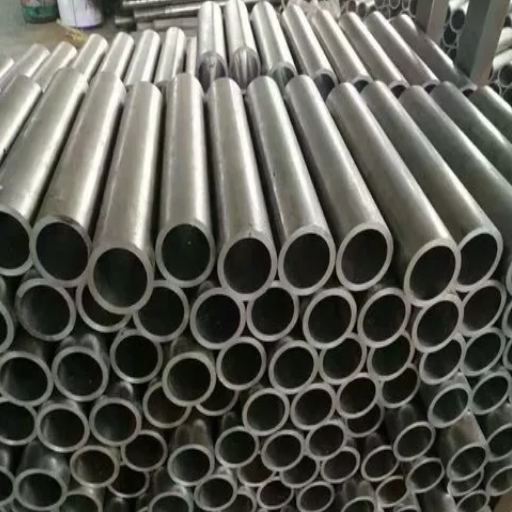
Comparing tensile strength and yield strength
In contrast to Monel, Hastelloy possesses approximately greater tensile and yield strengths, with its figures measuring from 690 MPa to 826 MPa and 310 MPa to 364 MPa, respectively, whereas Monel’s figures stand at 550 MPa to 1100 MPa and 240 MPa to 790 MPa123, respectively.
| Aspect | Hastelloy | Monel |
|---|---|---|
|
Strength (T) |
Up to 826 |
Up to 620 |
|
Strength (Y) |
Up to 364 |
Up to 345 |
|
Durability |
High |
Moderate |
|
Elements |
Ni, Cr, Mo |
Ni, Cu |
|
Expense |
Higher |
Lower |
How do melting points vary between the two?
The Hastelloy alloy’s melting temperature is marginally higher than that of Monel—about 2550°F compared to 2460°F—which makes it a better candidate for applications involving high temperature conditions.
| Attribute | Hastelloy | Monel |
|---|---|---|
|
Temp Range |
~2550°F |
~2460°F |
|
Heat Tolerance |
Higher |
Moderate |
|
Usage |
High-temp |
Marine |
|
Elements |
Ni, Cr, Mo |
Ni, Cu |
Impact of nickel content on their properties
Nickel is an important alloying element in Monel and Hastelloy alloys because it influences their mechanical, chemical, and thermal properties. The percentage of nickel in these alloys affects corrosion resistance, strength, and operational temperature limits, among others. Below are the five major aspects that their properties depend on concerning nickel content:
- Corrosion Resistance
Both Mone and Hastelloy resist corrosion because the alloys gain significant protection with nickel due to a higher percentage of nickel in Monel (about 63%), making it withstand saltwater and seawater conditions remarkably.
- Mechanical Strength
Hastelloy and Monel are made stronger mechanically due to the nickel base that they have. Nickel, along with molybdenum and chrome, gives added strength to hastelloy, which makes it usable under high stress and temperature conditions.
- Thermal Stability
Hastelloy is preferred in some industrial fields that are subjected to high levels of heat because of their lower melting points, range of temperatures that provide them with structural stability, and a nickel percentage of 58-65%.
- Chemical Resistance
Both alloys gain substantial resistance against chemical attacks with the aid of nickel. Hastelloy, for instance, owes its amazing resistance against oxidizing reagents to its nickel-chromium-molybdenum structure, while acids such as hydrofluoric acid are much more readily resisted by Monel.
- Fabrication and Weldability
Both materials greatly benefit from secondary nickel because nickel alloys have improved workability. Weddability and fabricability remain intact due to hastelloy’s ductile structure, while monel’s increased nickel concentration enables increased custom fitting and component machining.
Hence, it can be concluded that to achieve remarkable performance from these alloys in multifarious industrial applications, nickel is crucial.
How do Monel and Hastelloy perform under corrosive environments?
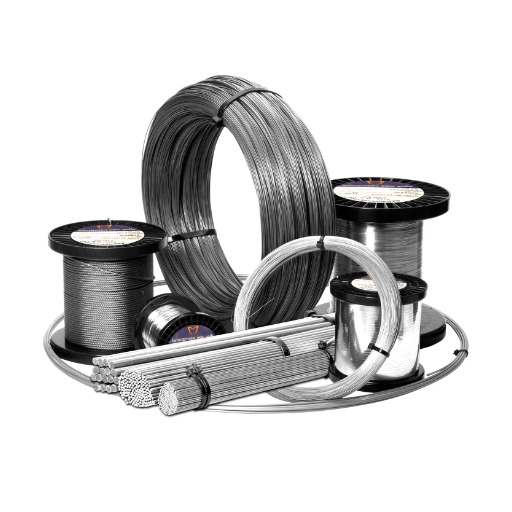
Understanding oxidation resistance in both alloys
In regard to corrosion resistance, Monel and Hastelloy both exhibit exceptional capability; however, their performance in oxidizing environments differs interruption environments differs due to their chemical composition differences. Monel has oxidation resistance properties in neutral and moderately oxidizing environments due to its composition of nickel and copper; however, it will struggle with performance in highly oxidizing conditions due to its low chromium content, which is critical for forming a protective layer.
Hastelloy, on the other hand, withstands extreme environments quite well and can even resist oxidation at elevated temperatures. The presence of chromium and molybdenum allows the formation of a stable protective layer that enhances wear resistance and thus protects the material underneath. This makes hastelloy particularly effective with very aggressive oxidizing agents such as ferrous or cupric salts and hot concentrated nitric acid.
In monitoring the oxidation resistance across various industries like marine, aerospace, and chemical processing, Hastelloy is preferred under more demanding conditions, whereas Monel is well-suited for less aggressive scenarios.
Performance of Monel in sulfuric acid
In some specific industrial applications, Monel alloys have moderate resistance to sulfuric acid, which makes them suitable for use in the workplace. The astonishing resistance Monel has against corrosion comes from its nickel content of 60-70%, which makes Monel stand up to the majority of non-oxidizing acids, including dilute sulfuric acid. However, it is vastly impacted by temperature, concentration, and any oxidizing impurities within an acid.
Take Monel 400, for example. It withstands dilute sulfuric acid at concentrations under 5% and at temperatures up to 120°F. Beyond these limits, corrosion becomes faster due to heightened chemical reactivity, especially in concentrated solutions or with elevated temperature. The material’s resistance tends to drop in conditions with sulfuric acid and oxidizing agents, as they may cause localized corrosion or pitting.
Monel offers relatively mild corrosion resistance. Counteracting the limitations of Monel alloys allows them to be paired with proper flow design, as these allow for better mitigation of acid stagnation. Employing Monel alloys in sulfuric acid systems requires a careful check of the operating conditions because they need to be balanced with acid concentration, temperature, and duration of exposure to acid to ensure reliability.
How does hastelloy handle high temperatures
When I need to deal with extremely high temperatures, I trust Hastelloy to perform best, primarily due to its alloys’ thermal-stable features and oxidation resistance. This Hastelloy alloy’s character is subjected to extremes with temperatures that would most certainly break other materials. It has a high melting point and retains its mechanical strength even when subjected to high temperatures, which makes it ideal for chemical processing, aerospace, and power generation industries. I trust that Hastelloy has effective methods to resist internal thermal degradation as its exposure to prolonged thermal energy exceeds 1200°F (650°C).
Hastelloy has many remarkable features, one being its ability to maintain passive oxide films marking its surface, which protects the metal from oxidation even at astonishingly high temperatures. Unlike standard metals capable of scaling weaker under thermal strain, Hastelloy boasts remarkable capabilities of forming a barrier that inhibits fracturing metal fatigue, strengthens structural rather, fortifying control systems’ self-techniques that resist oscillation inertia used to maintain stability. Furthermore, with such qualities as high resistance to creep, which is common among failing conditions at greater internal temperatures, components have guaranteed high reliability under harsh operational conditions.
Furthermore, the robust molybdenum and chromium compounds included in the metallurgical makeup of Hastelloy increase its chemical heat tolerance and resistance during thermal cycling. In my opinion, this further proves its worth in sectors with thermal shock or cyclic temperatures. Custom alloys of the Hastelloy family, like C-276 and C-22, are distinguished for possessing a multitude of highly tailored features for stellar function under extreme temperatures, guaranteeing reliability where it is most needed.
What are the applications of Monel alloy and Hastelloy alloy?
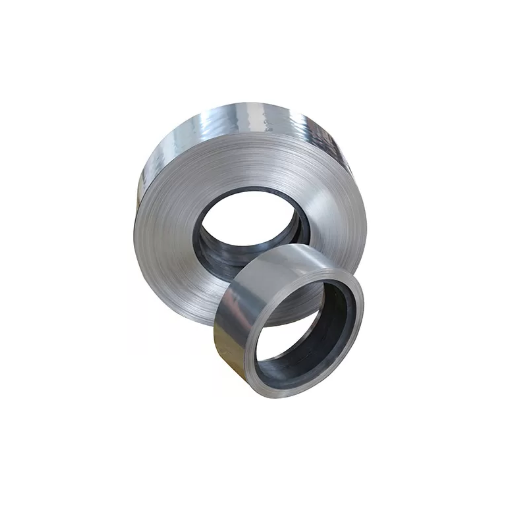
Common uses of Monel in various industries
Among the monel alloys, which are mainly composed of nickel and copper, are renowned for maintaining exceptional corrosion resistance, particularly in acids and seawater. Thus, they are widely employed in marine engineering for making propeller shafts, seawater valves, and piping for offshore oil and gas platforms. Monel’s endurance to stress corrosion cracking makes it a suitable candidate for these demanding conditions.
Monel alloys are also beneficial to the aerospace and chemical processing industries. Monel’s extensive application in building chemical storage tanks and heat exchangers is attributed to its resistance to harsh acids such as hydrofluoric acid, which provides longevity and operational dependability. Moreover, Monel is also a valuable material in the components of jet engines and fuel tanks due to its high strength, durability under extreme temperatures, and other harsh conditions.
Within the electrical industry, its remarkable conductivity and resistance to oxidizing circumstances make Monel critical for use in wiring and connectors. Monel’s versatility makes it important for various industrial applications and stubbornly resilient for harsh conditions, while its resilience makes it suitable for sustainable and effective efficiency operations.
Industries benefiting from hastelloy’s excellent resistance
Hastelloy, an alloy of nickel with molybdenum, iron, and chromium, is one of the most corrosion-resistant alloys and is built to withstand some of the most challenging chemical environments. It has remarkable resistance to both oxidation and reduction environments, which makes it essential for industries that manage highly corrosive materials. It is a useful alloy because of its temperature flexibility.
- Chemical Processing
The most important use of hastelloy is in the chemical processing industry. It is widely used in strong oxidizing agents and hydrochloric acid, sulfuric acid, and many more harsh chemicals. Hastelloy’s resistance to pitting, crevice corrosion, and stress corrosion cracks helps in maintaining the durability of reactors, heat exchangers, and pipelines.
- Aerospace
Hastelloy is also very useful in aerospace engineering because of its ability to withstand harsh and extremely high temperatures. Parts like exhaust ducts, turbine engines, and heat shields require heavy materials for tough conditions, however, the chemically aggressive and high-temperature environment makes it difficult to use standard materials. Hastelloy allows robustness and performance while making it easier to withstand most environmental challenges.
- Marine and Offshore Engineering
Hastelloy’s ability to withstand high amounts of dissolved oxygen makes it useful in marine engineering. The alloy is brittle with high fatigue limits, allowing for easy application in oil platforms and seawater handling systems. Most marine hardware tends to corrode in these exposed, harsh settings, making the alloy perfect to use in constructing the devices.
- Power Generation
In an industry that boasts chronic illnesses, hastelloy is critical in components like nuclear reactors, geothermal plants, and flue gas desulfurization units. The alloy’s safe energy production is aided by its resistance to high-temperature oxidizing conditions and chlorides.
- Pharmaceutical and Food Processing
Hastelloy has uses in equipment utilized in pharmaceuticals and food processing due to exposure to extreme purging agents and high-purity environments. Safety is ensured by complying with strict sterility requirements.
Hastelloy’s brutal, enduring chemical and mechanical stress marks it as the preferred material in challenging industries. Composition and treatment methods advancements, alongside environmental considerations, consistently evolve mechanistic and industrial capabilities.
Comparing the cost-effectiveness of both alloys
Assessing cost effectiveness for stainless steel and hastelloy requires upfront expense and material cost, adding lifecycle costs from maintenance, operational savings, and longevity. In comparison to hastelloy, stainless steel has a considerably lower initial investment, which makes it appealing for regions with moderate environmental requirements. On the other hand, hastelloy’s harsh chemical corrosion, pitting, and temperature volatility resistance usually outweighs its acquisition costs in highly corrosive surroundings due to lower component replacement and maintenance frequency.
In terms of marine or chemical processing industries, hastelloy has greater economic value due to its resilience under severe stress without material failure. On the contrary, while stainless steel is more economical in less demanding conditions, its longevity is compromised because corrosion and thermal stress would outpace material robustness.
Overall, the choice between hastelloy and stainless steel relies on an exhaustive, tailored analysis of costs and benefits that accounts for the operative conditions. Industrial spending can be optimized through new advancements in fabrication techniques and predictive modeling of material performance.
References
- The use of austenitic stainless steel versus Monel (Ni-Cu) alloy in pressurized gaseous oxygen (GOX) life support systems – Naval Postgraduate School repository.
- Friction stir processing nickel-base alloys – OhioLINK Electronic Theses and Dissertations Center.
- Hastelloy C-276 Weld overlay by SMAW process – Academia.edu.
Frequently Asked Questions (FAQ)
Q: What is the primary difference between Hastelloy and Monel alloys?
A: The primary difference between Hastelloy and Monel alloys lies in their composition and corrosion resistance. Hastelloy is known for its excellent corrosion resistance, especially in harsh environments, while Monel is a nickel-copper alloy known for its strength and resistance to corrosion in seawater and acidic environments.
Q: How does the corrosion resistance of Hastelloy compare to Monel?
A: Hastelloy generally offers excellent corrosion resistance against a wide range of chemicals, making it ideal for chemical processing applications. Monel, on the other hand, is particularly resistant to corrosion from seawater and acids but may not perform as well as Hastelloy in certain aggressive chemical environments.
Q: What are the typical applications for Hastelloy and Monel alloys?
A: Hastelloy is commonly used in chemical processing, oil and gas, and pharmaceutical industries due to its high temperature resistance and corrosion resistance. Monel is often used in marine applications, pump and valve components, and chemical processing equipment where a nickel-copper alloy’s properties are beneficial.
Q: How does the tensile strength of Monel compare to Hastelloy?
A: The tensile strength of Monel is generally lower than that of Hastelloy, which is known for its higher strength and durability in extreme conditions. This makes Hastelloy suitable for applications requiring high strength and toughness.
Q: What are the key Hastelloy grades and their applications?
A: Key Hastelloy grades include Hastelloy C-276 and Hastelloy C-22. C-276 is known for its resistance to a wide range of corrosive environments, while C-22 offers improved resistance to oxidizing and reducing environments. Both are used in chemical processing and pollution control applications.
Q: Is Monel more expensive than Hastelloy?
A: Generally, Hastelloy is more expensive than Monel due to its superior corrosion resistance and higher strength properties, which make it suitable for more demanding applications.
Q: What is the melting point of most Monel alloys compared to the Hastelloy grades?
A: The melting point of most Monel alloys is typically lower than that of the Hastelloy grades. This makes Hastelloy more suitable for high-temperature applications where a higher melting point is required.
Q: How do Inconel and Monel compare in terms of application suitability?
A: Inconel, such as Inconel 600 and Inconel 718, is known for its high temperature resistance and strength, making it suitable for aerospace and power generation applications. Monel, being a nickel-copper alloy, is better suited for marine and chemical processing applications due to its corrosion resistance.
Q: What is the temperature range for using Hastelloy and Monel?
A: Hastelloy can withstand a wide temperature range, making it suitable for high-temperature applications in chemical processing. Monel, while also resistant to high temperatures, is typically used in environments where its specific corrosion resistance properties are needed.
Q: What should be considered when choosing between Hastelloy vs Monel?
A: When choosing between Hastelloy vs Monel, consider the specific environmental conditions, such as temperature and chemical exposure, as well as the required mechanical properties like tensile strength and corrosion resistance. It’s essential to review material test reports and application requirements to make an informed decision.

